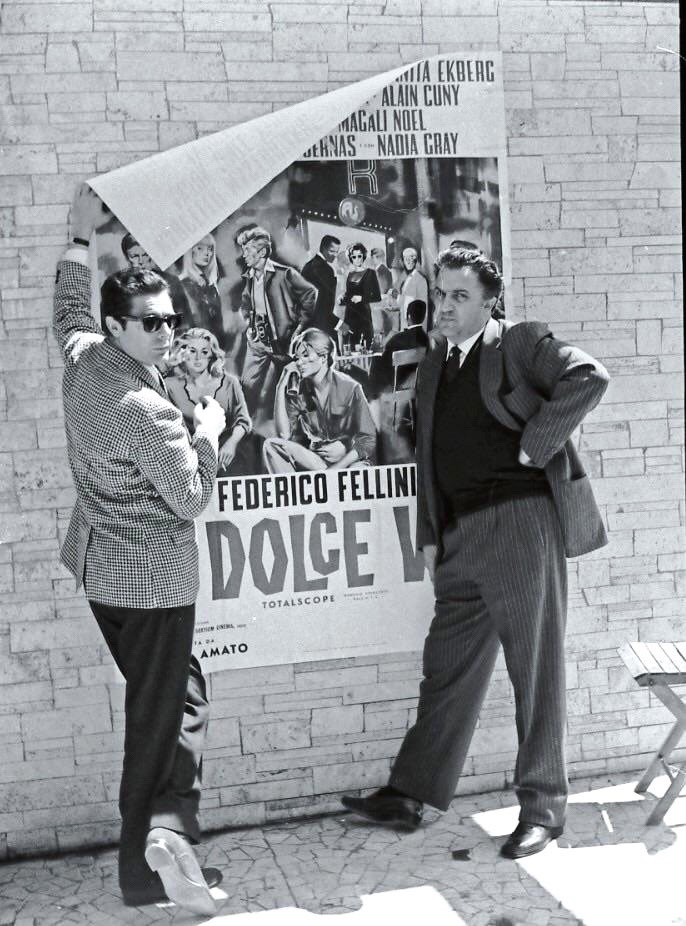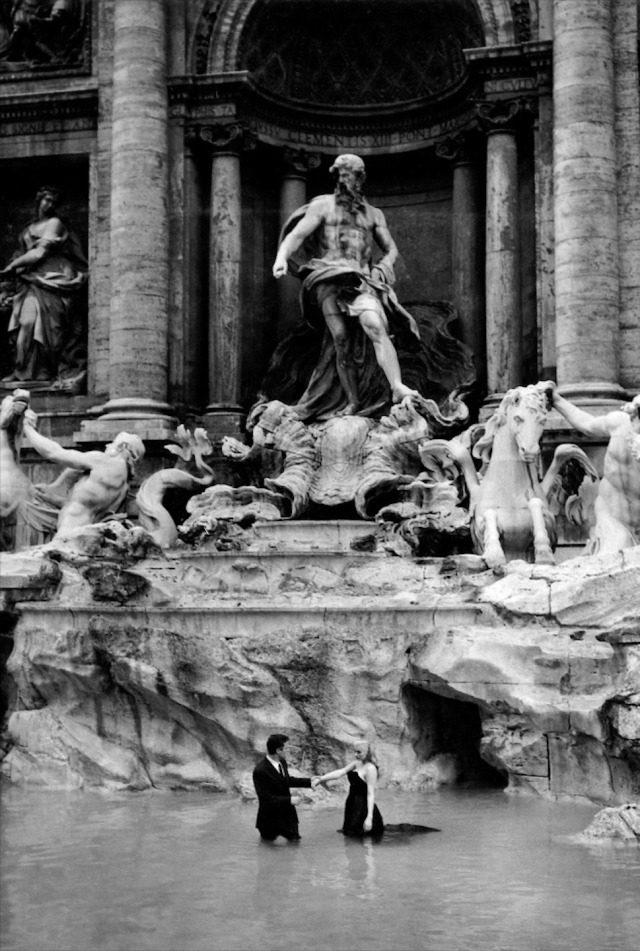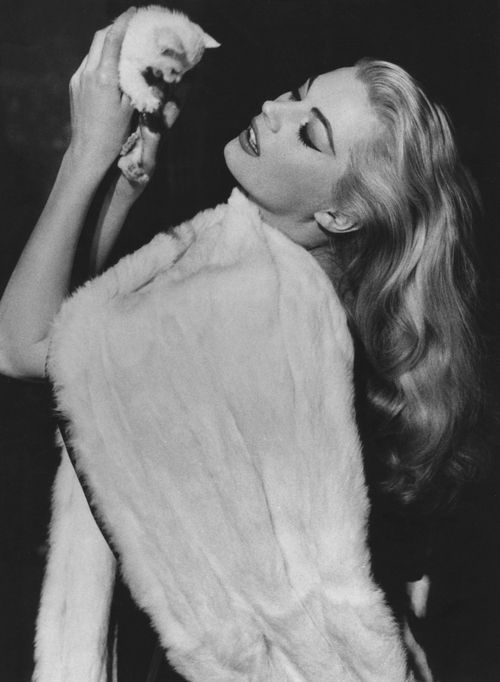La Dolce Vita: How Fellini’s Masterpiece Redefined Italian Lifestyle

Federico Fellini’s La Dolce Vita (1960) is more than a cinematic masterpiece. Indeed, it redefined Italian lifestyle and cultural identity. Through its glamorous yet haunting portrayal of Roman society, the film became synonymous with elegance, passion, and sophistication.
A Critique of Society and Celebration of Aesthetics
At its core this movie critiques the moral emptiness and decadence of post-war Italian society. The story follows Marcello Rubini, a journalist caught between ambition and despair. Moreover, he navigates a world of aristocrats, film stars, and socialites. Yet, despite its satirical tone, the film celebrates the very aesthetic it critiques, creating a fascinating paradox.
Fellini’s Vision of Rome
From its iconic opening scene of a helicopter carrying a statue of Christ, the film immediately captivates viewers. Furthermore, Rome itself becomes a character, with its ancient architecture and vibrant nightlife offering a backdrop of allure. Notably, Anita Ekberg stepping into the Trevi Fountain created one of cinema’s most unforgettable moments.

A Global Impact on Fashion and Style
The film arrived during the 1960s, as Italy was emerging as a global cultural force. Additionally, La Dolce Vita showcased Italian fashion with sleek suits, glamorous dresses, and stylish Vespa rides. Consequently, it helped establish Italy’s reputation as a hub of style and design.
A Lifestyle to Aspire To
Fellini’s vision of Rome resonated worldwide. Advertisements, tourism campaigns, and even cultural ideals began referencing La Dolce Vita. As a result, the phrase itself became a symbol of a beautiful, art-filled life.
Enduring Influence and Legacy
Decades later, La Dolce Vita: How Fellini’s Masterpiece Redefined Italian Lifestyle remains evident in Italian fashion and tourism. For example, brands like Gucci and Prada continually draw inspiration from the film. Additionally, iconic locations like the Trevi Fountain attract millions of visitors each year.

Ultimately, La Dolce Vita reshaped how the world views Italy. The film presented a country devoted to beauty, artistry, and simple pleasures. Fellini’s masterpiece remains a timeless reminder of why Italy captivates the global imagination.
